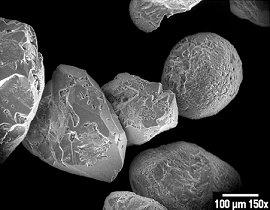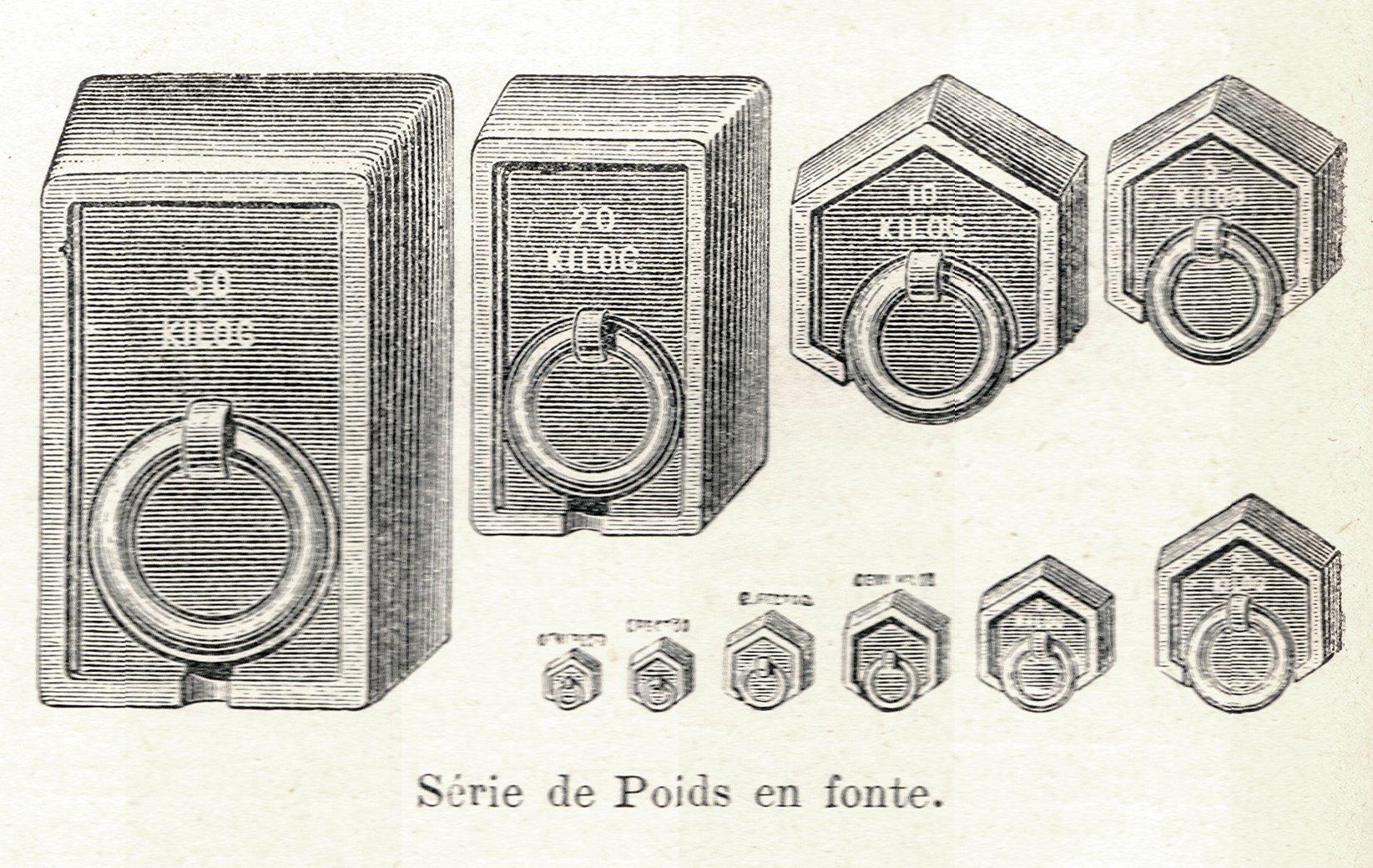Femtogram on:
[Wikipedia]
[Google]
[Amazon]
 To help compare different
To help compare different
The table at right is based on the kilogram (kg), the base unit of mass in the International System of Units ( SI). The kilogram is the only standard unit to include an SI prefix (''kilo-'') as part of its name. The ''



Mass units conversion calculator
{{DEFAULTSORT:Orders Of Magnitude (Mass)
 To help compare different
To help compare different orders of magnitude
An order of magnitude is an approximation of the logarithm of a value relative to some contextually understood reference value, usually 10, interpreted as the base of the logarithm and the representative of values of magnitude one. Logarithmic dis ...
, the following lists describe various mass
Mass is an intrinsic property of a body. It was traditionally believed to be related to the quantity of matter in a physical body, until the discovery of the atom and particle physics. It was found that different atoms and different eleme ...
levels between 10−59 kg and 1052 kg. The least massive thing listed here is a graviton
In theories of quantum gravity, the graviton is the hypothetical quantum of gravity, an elementary particle that mediates the force of gravitational interaction. There is no complete quantum field theory of gravitons due to an outstanding mathem ...
, and the most massive thing is the observable universe
The observable universe is a ball-shaped region of the universe comprising all matter that can be observed from Earth or its space-based telescopes and exploratory probes at the present time, because the electromagnetic radiation from these ob ...
. Typically, an object having greater mass will also have greater weight (see mass versus weight
In common usage, the mass of an object is often referred to as its weight, though these are in fact different concepts and quantities. Nevertheless, one object will always weigh more than a second object, if the first object has greater mass, and t ...
), especially if the objects are subject to the same gravitational field strength
The gravitational constant (also known as the universal gravitational constant, the Newtonian constant of gravitation, or the Cavendish gravitational constant), denoted by the capital letter , is an empirical physical constant involved in th ...
.
Units of mass
gram
The gram (originally gramme; SI unit symbol g) is a unit of mass in the International System of Units (SI) equal to one one thousandth of a kilogram.
Originally defined as of 1795 as "the absolute weight of a volume of pure water equal to th ...
'' (10−3 kg) is an SI derived unit of mass. However, the ''names'' of all SI mass units are based on ''gram'', rather than on ''kilogram''; thus 103 kg is a ''megagram'' (106 g), not a *''kilokilogram''.
The ''tonne
The tonne ( or ; symbol: t) is a unit of mass equal to 1000 kilograms. It is a non-SI unit accepted for use with SI. It is also referred to as a metric ton to distinguish it from the non-metric units of the short ton ( United State ...
'' (t) is an SI-compatible unit of mass equal to a megagram (''Mg''), or 103 kg. The unit is in common use for masses above about 103 kg and is often used with SI prefixes. For example, a gigagram (''Gg'') or 109 g is 103 tonnes, commonly called a ''kilotonne''.
Other units
Other units of mass are also in use. Historical units include thestone
In geology, rock (or stone) is any naturally occurring solid mass or aggregate of minerals or mineraloid matter. It is categorized by the minerals included, its Chemical compound, chemical composition, and the way in which it is formed. Rocks ...
, the pound, the carat, and the grain.
For subatomic particles, physicists use the mass equivalent to the energy represented by an electronvolt
In physics, an electronvolt (symbol eV, also written electron-volt and electron volt) is the measure of an amount of kinetic energy gained by a single electron accelerating from rest through an electric potential difference of one volt in vacuum ...
(eV). At the atomic level, chemists use the mass of one-twelfth of a carbon-12 atom (the dalton
Dalton may refer to:
Science
* Dalton (crater), a lunar crater
* Dalton (program), chemistry software
* Dalton (unit) (Da), the atomic mass unit
* John Dalton, chemist, physicist and meteorologist
Entertainment
* Dalton (Buffyverse), minor ch ...
). Astronomers use the mass of the sun ().
The least massive things: below 10−24 kg
Unlike other physical quantities, mass–energy does not have an ''a priori'' expected minimal quantity, or an observed basic quantum as in the case ofelectric charge
Electric charge is the physical property of matter that causes charged matter to experience a force when placed in an electromagnetic field. Electric charge can be ''positive'' or ''negative'' (commonly carried by protons and electrons respe ...
. Planck's law allows for the existence of photons with arbitrarily low energies. Consequently, there can only ever be an experimental upper bound on the mass of a supposedly massless particle; in the case of the photon, this confirmed upper bound is of the order of = .
10−24 to 10−18 kg
10−18 to 10−12 kg
10−12 to 10−6 kg

10−6 to 1 kg
1 kg to 105 kg

106 to 1011 kg
1012 to 1017 kg
1018 to 1023 kg
1024 to 1029 kg

1030 to 1035 kg
1036 to 1041 kg
The most massive things: 1042 kg and greater
See also
*Lists of astronomical objects
This is a list of lists, grouped by type of astronomical object.
Solar System
* List of Solar System objects
* List of gravitationally rounded objects of the Solar System
* List of Solar System objects most distant from the Sun
* List of So ...
Notes
External links
Mass units conversion calculator
{{DEFAULTSORT:Orders Of Magnitude (Mass)
Mass
Mass is an intrinsic property of a body. It was traditionally believed to be related to the quantity of matter in a physical body, until the discovery of the atom and particle physics. It was found that different atoms and different eleme ...
Mass